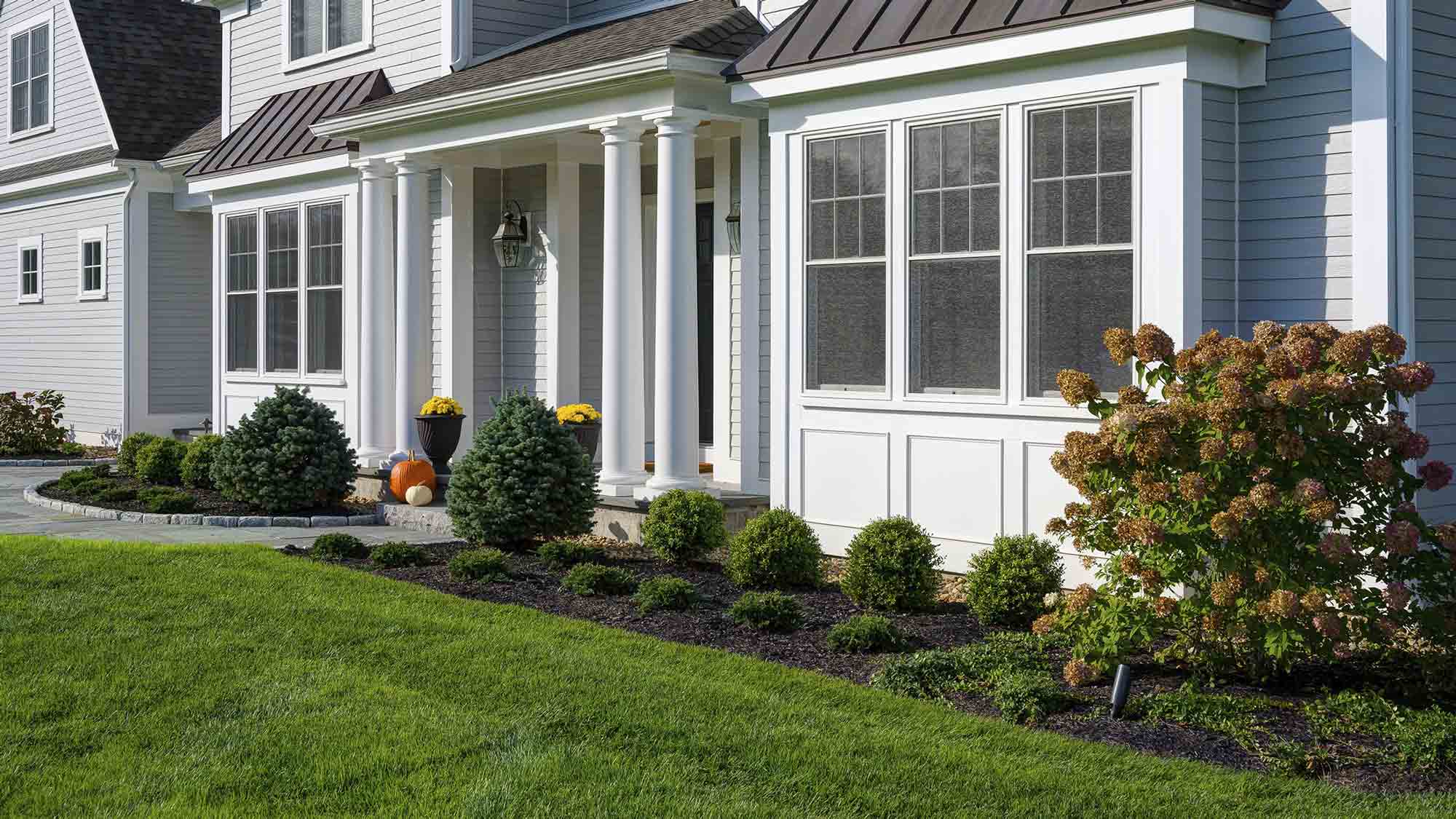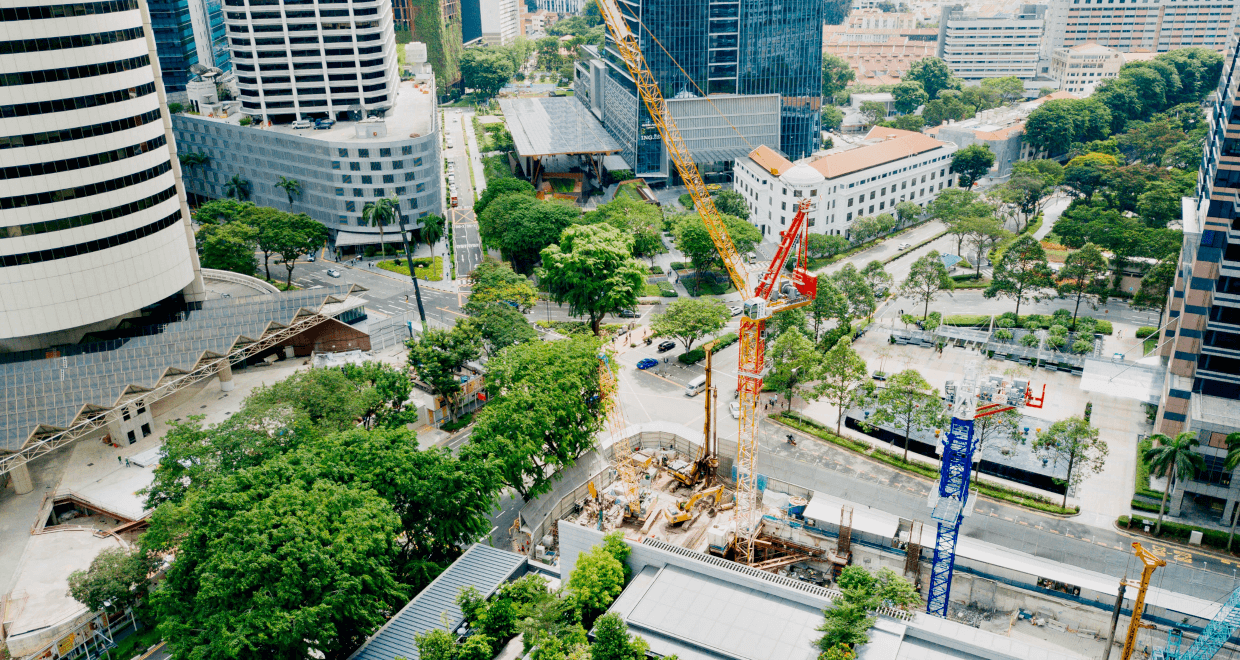A Biased View of Landscapers
A Biased View of Landscapers
Blog Article
The Basic Principles Of Landscapers
Table of ContentsLandscapers - QuestionsThe 4-Minute Rule for LandscapersThe 10-Minute Rule for LandscapersThe Only Guide to LandscapersExcitement About Landscapers
- A tree or bush (shrub) that sheds its leaves in winter season. In the PNW there are semi-deciduous or semi-evergreen plants that may lose their leaves depending on how chilly the winter months is. Abelia and some hebe are examples. Landscapers. - A level event area, made from timber or composite material (made to look like wood), generally adjacent or connected to a structure.:max_bytes(150000):strip_icc()/look-up-look-down-photography--o7ASOHDV9E-unsplash-62ac6efd6d724c7abb7320fefe03b411.jpg)

This is a natural process, and the result can be used for courses and patio areas. - Secret landscape attributes being proposed in a landscape style strategy.
Fascination About Landscapers
These goals lead the layout procedure, not the designer's design or preferences. Common layout goals in Rose city are low maintenance, dry spell tolerant, and pet pleasant.
However, over time this layer can get really thick and make it tough for water, sun, and nutrients to obtain to parts of the turf.- The process of collecting and regulating the circulation of water on a residential or commercial property. This can be done with grading, French drains pipes, completely dry wells, permeable surface areas, sump pump, rain yards, and much more.
Quality at the end of hills, with all-natural springtimes, or filled with hefty clay have the most drainage troubles.- A sluggish feeding watering system that uses adaptable tubing and emitters to send out an accurate quantity of water to each plant. This is one of the most efficient technique of watering plants. - The ability of a plant to make it through without much summer water.
- A garden function where water is stood for by an accumulated rock product, generally a crushed rock or granite.- A stone or flagstone patio, path, or walkway developed without a concrete base.
Some Of Landscapers
- A stone retaining or cost-free standing wall constructed without the usage of mortar. - An underground framework that collect water and enables it to slow down percolate into the soil around it.
Landscape design that is compatible with a sites' atmosphere in both look and sustainability without negative influences to the environment. Bordering in the landscape is a line of separation that creates aesthetic rate of interest in the yard by separating one segment from one more segment. This can be aesthetic or functional, keeping one component (such as pea gravel) from getting combined right into another (like bark dirt).
Locations can also sense of "room" supplied by trees, various other plantings, fences, or screens. The landscape near the entrance to a structure. A tree, hedge or creeping plant, educated to grow on a wall surface or fencing right into a specific pattern. Particularly beneficial for fruit trees, making it very easy to collect the fruit and consisting of mess.
A plant that is not indigenous to the location where it will certainly be grown. Thicker bladed turf yard that spread via rhizomes.: The level of dirt on your home before bark dirt or compost is spread out.
The smart Trick of Landscapers That Nobody is Talking About

The purpose, factor, or activity that an area is be landscaped for. Area for expanding plants for viewing, eating, or physical activity.
Rock item, either rounded or fractured, that is fairly small- normally 1" or much less. Low plants that are permitted or motivated to spread out over a location. Can describe any "difficult" yard aspects consisting of statuary or rocks but the majority of generally is used to describe courses, outdoor patios, and walls.: Elevation difference in between the level moved here of water in a pond (or the level of the pump if it sits outside the fish pond) and the top outlet of water which influences efficiency of the water pump in gph (gallons per hour). Thick hedges or trees that create a fencing, display, or border.

Landscapers - The Facts
Standard PNW landscapes visit this site are casual. A plant that spreads even more than wanted, or into habitats where it does damages.
Can consist of head positionings and insurance coverage, pipeline sizing, GPM specifications, and products needed to install this system. Certified expert who creates landscapes, educated in design and style as well as in cultivation.
The specialist that Check This Out intends and creates landscape tasks, generally at a residential or small commercial level with the significant layout motivation on plantings. Landscape designers usually have less schooling than Landscape Architects and are not licensed. A completed landscape layout, describing all components for the brand-new landscape. This normally takes the type of a drawing on paper.
Calcium material made use of to elevate the pH in soil, which will make it much less welcoming to moss. A water limited HDPE product utilized underneath ponds, streams and waterfalls in water features. Using several growings of the same selection to fill out an area in the landscape. This can lower upkeep and water use in the garden.
Report this page